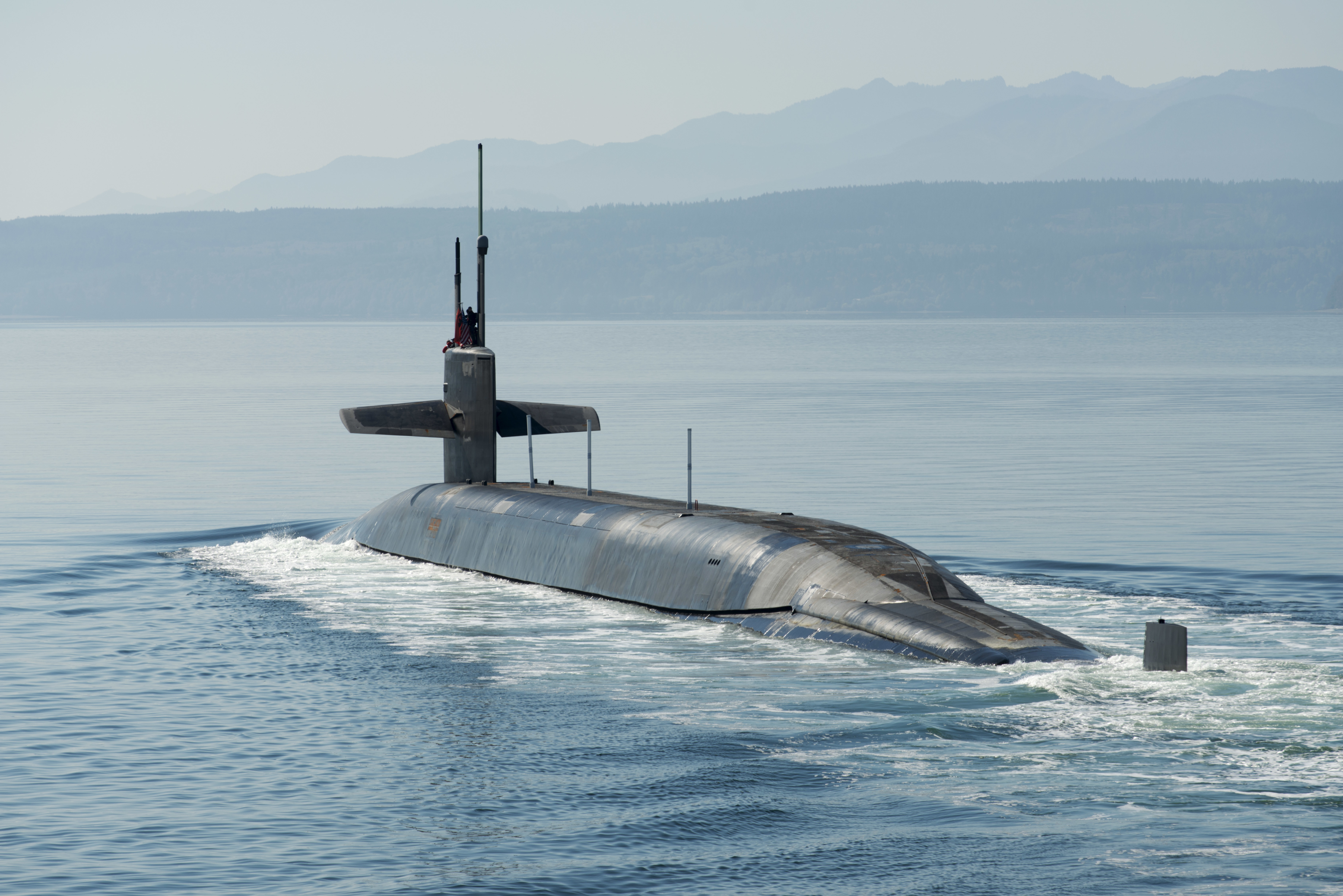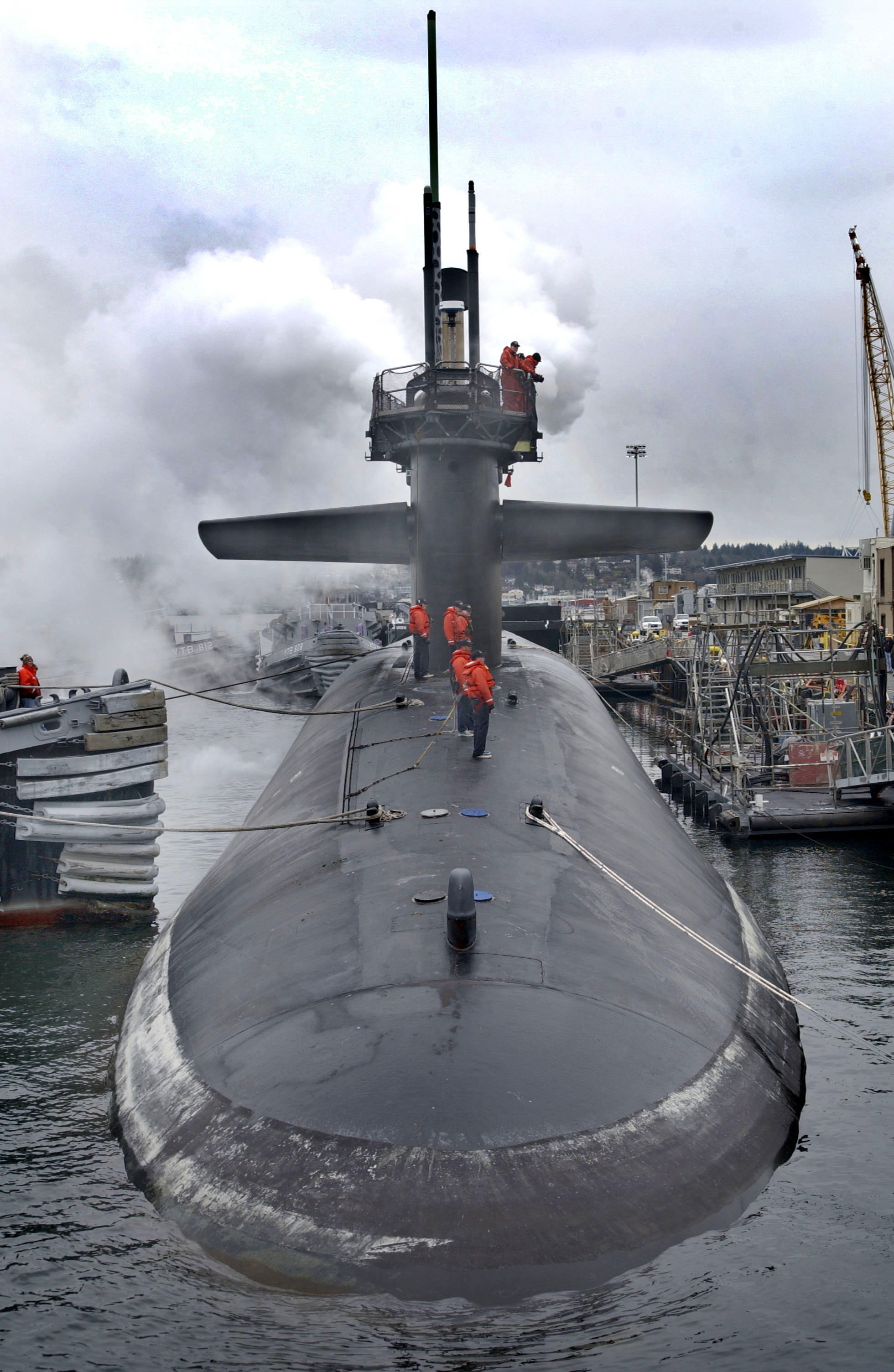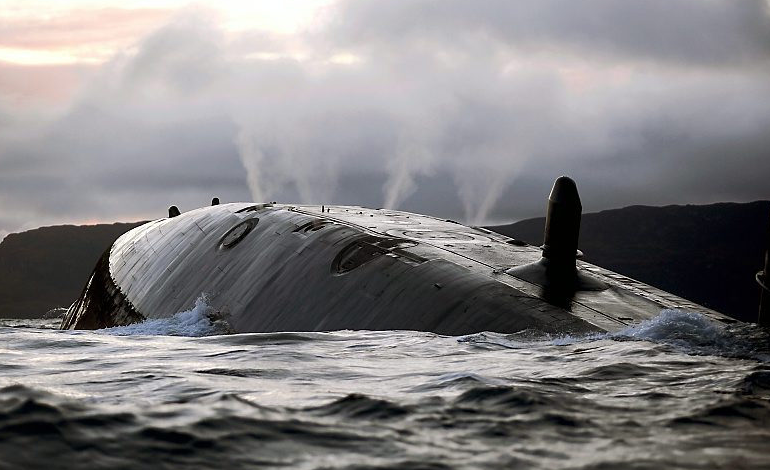

“Belgorod “sailing out from the Sevmash shipyard in Severodvinsk in late June 2021 for the first sea trials in the White Sea. The Russian Navy has taken delivery of what is the world's longest known submarine, one its maker touts as a research vessel - but what others say is a platform for espionage and possibly nuclear. The “ Belgorod” was launched in April 2019 and sea trials started in the White Sea last summer. With a hull prolonged by 29 meters to 184-meters, the one-of-a-kind vessel is longer than the world’s largest submarine, the Soviet-built Typhoon-class. The hull of the submarine was laid down in 1992, but it was first twenty years later, in 2012, that the Defense Ministry decided to use the hull to construct this giant special purpose vessel.

The “ Belgorod” is built on a prolonged hull of what was originally meant to be an Oscar-II class multi-purpose submarine, a sister vessel to the ill-fated “ Kursk” submarine that sank in the Barents Sea during a naval exercise in August 2000. The submarine also serves as a mother vessel for a deep-diving midget nuclear-powered submarine, like the infamous Losharik, a mini-submarine that got the world’s attention in July 2019 when its batteries caught fire and all 14 officers on board died.

The submarine is likely to carry six Poseidon drones. It is powered by a small nuclear reactor and could be armed with a megaton nuclear warhead. The Poseidon is a 24-meter-long torpedo-shaped vehicle with an estimated range of 10,000 km and can travel at speeds of 100 knots down to a maximum depth of 1,000 meters. developing an anti-ballistic missile defense system, Russia started to develop a deep-diving response capability. France has nearly 300 nuclear weapons, which both aircraft and submarines are. Nothing in the statement mentions the Poseidon drone weapon purpose. Marine Nationale (French Navy) Last week, France conducted a test of its M51 submarine-launched ballistic missile. Highlighting the research- and scientific work that now can be conducted by the Russian Navy in the world oceans, the statement also adds that the submarine can be used for search- and rescue operations in deep waters as it carries autonomous unmanned underwater vehicles. “The submarine “ Belgorod” opens up new opportunities for Russia in conducting various studies, allows conducting diverse scientific expeditions and rescue operations in the most remote areas of the World Ocean,” the Admiral stated. this is a significant day for us” as ”… advanced achievements of science and the latest construction technologies were applied.” In fact, the vessel is built to carry one of the craziest weapons of mass destruction mankind ever has seen: The Poseidon, an autonomous, nuclear-powered underwater drone that can deliver its nuclear payloads from deep under, at distances like crossing the Atlantic or Pacific Oceans.Ĭommander-in-Chief of the Russian Navy, Admiral Nikolai Evmenov, said:”. Each of the 14 Ohio-class SSBNs originally carried up to 24. The development, construction and delivery for the Royal Australian Navy of an advanced, nuclear-powered submarine called ‘SSN-AUKUS’, incorporating Australian, UK and US technologies.An official press statement posted by the Sevmash submarine yard on Friday says the “ Belgorod” (K-239) is a “research submarine”. Since oxygen is not necessary for the nuclear propulsion system, the submerged duration of the more than 40 nuclear-powered, ballistic missile submarines (SSBNs). They are designed specifically for stealth and the precise delivery of nuclear warheads.The delivery of three Virginia class nuclear-powered submarines for the Royal Australian Navy from as soon as the early 2030s, with the potential to acquire up to two more if needed followed by (Bloomberg) - The US military revealed Saturday that it has deployed a nuclear-powered submarine in the Middle East in a show of force amid rising tensions with Iran.Increased forward presence of Royal Navy and US Navy nuclear-powered submarines to Australia, to assist us in developing our knowledge base and industrial capabilities.

A range of opportunities for Australian personnel to work with and learn from UK and US Navies including through increased visits to Australian ports by the UK Royal Navy and US Navy nuclear-powered submarines.Over the past 18 months, Australia, the UK and US have worked in close partnership to develop the Optimal Pathway for Australia’s acquisition of nuclear-powered submarines. The fleets of the US Navy and Royal Navy have two kinds of submarines categorized as attack and ballistic missile. The AUKUS Nuclear-Powered Submarine Pathway: a partnership for the future


 0 kommentar(er)
0 kommentar(er)
